How do you prepare for your Washington DC and New York City debuts? Violinist Oliver Neubauer highlights the importance of recording, focused work, external perspectives, as well as rest, ahead of his Young Concert Artists debuts on 22 and 29 April
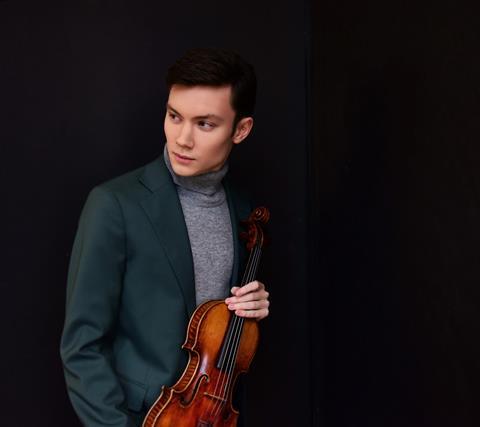
Read more Featured Stories like this in The Strad Playing Hub
Practice Diaries, 7 to 13 April
After a busy season of traveling for concerts and trips to the Kronberg Academy where I’m currently studying, I’m back in New York this week. I have some recitals around the New York area and am gearing up for my Young Concert Artists debut recitals - at the Kennedy Center Terrace Theater on 22 April and Merkin Hall on 29 April with pianist Janice Carissa.
I chose a programme that I’m very passionate about including the Schubert Sonatina no.1, Bartók Solo Sonata, Ellen Zwilich Fantasy for Solo Violin, plus the Strauss Violin Sonata. It’s a demanding programme, with every piece presenting its own challenges, but practising pieces I deeply love makes the intensity of preparation feel meaningful and energising (with its grueling moments of course). Most of my practice this week will be devoted to this programme, but I’m also hoping to carve out some time to chip away at the Chausson Concerto for Violin, String Quartet, and Piano, which I’ll be performing for the first time on 4 May.
Day one
Chilly, rainy weather and a luxuriously free schedule made for an ideal practice-intensive day. After performing a recital with Jun Cho last night in Livingston, NJ (a warm and intimate house concert series), I reviewed my performance of the Bartók Solo Sonata recording and took detailed notes. After warming up, I dove into the first and second movements with focused slow practice, working through issues I noticed in the video and saving the other movements for the next day.
In the evening, I spent some time with the Strauss Sonata, focusing on playing with more physical fluidity and ease in some passages with challenging shifts. I finished the day with an hour on the last movement of the Chausson Concerto, using rhythmic and bowing variations to gain comfort in some of the gnarly passagework. I reached my mental and physical limit by the end and unwound with some light-hearted Netflix.
Day two
I started with an hour of practice, revisiting the Chausson and the opening of the Bartók. After some afternoon errands that took longer than expected, I decided to focus my practising on the remaining movements of the Bartók and to dedicate more time to the Strauss and Schubert the next day.
Following a brief power nap, I worked on the third movement of the Bartók, focusing on the colours of my phrases and attentive listening between notes. I then moved on to the last movement, trying to feel a sense of space and practicing slowly for clarity and coordination.
At night, I did a run-through of the Bartók, focusing mainly on pulse and intentional bow use. I felt it was the best run I had done so far in terms of technical cleanliness.
Day three
I spent a while on the Strauss Sonata, mostly the first movement. It’s a piece I’ve performed numerous times, but I felt uncertain about what direction to take my practising. I revisited an old lesson recording with Don Weilerstein from when I first learnt the piece, and hearing his insights again was very motivating – it helped unlock a fresh perspective that I was excited to apply to my whole programme. In the evening, I recorded most of my recital repertoire with Jun Cho. This was a tiring but helpful experience.
Day four
In the morning, I had a lesson with Catherine Cho – the first lesson I’d had with her in several years – and I was looking forward to hearing her input on the Bartók. The lesson was helpful and inspiring! She talked about specific musical ideas, some of them having to do with phrasing and making parts of the Bartók easier to understand for someone hearing the piece for the first time.
In the afternoon, I rehearsed with Janice Carissa for the first time. We worked on the Schubert Sonatina and Strauss Sonata, diving into details and shaping a shared musical approach. In the evening, I targeted a few spots in the Bartók to internalise some of the ideas from the lesson in the morning, being careful not to overplay after a day of intense playing.
Day five
I warmed up by practising some passages in the Zwilich Fantasy and Bartók before a long and inspiring rehearsal with Janice, delving into the musical world of Schubert and Strauss. I was reminded how much I loved this music, as we analysed certain phrases and discussed how we might react to the harmonies together. We also rehearsed our (surprise) encore…
In the evening, I practised some spots in the first and third movements of the Chausson, trying to envision the musical characters and gestures behind the notes as I practised slowly.
Day six
Janice and I played the works with piano for my aunt, Anne-Marie McDermott. She offered fresh insights on poise and character in the Schubert. We worked on some musical and ensemble ideas in the Strauss and explored having more flexibility in the beautiful Improvisation movement, particularly in the magical grazioso section.
In the evening, I listened to my run-through recording of the Bartók with a focus on whether my playing was speaking the music in a natural way that felt aligned with the underlying character of each moment. I practised letting my intuition guide me, connecting with my original feelings about the piece as I kept in mind the knowledge gained from studying the work over the past months.
Day seven
Concert day! Janice and I performed the debut programme at the Port Washington Library. Since it was an afternoon concert, I warmed up lightly at home and then again at the venue. My mom joined us for the concert and helped us check balance during the soundcheck.
The audience was warm and receptive, making for an enjoyable concert experience. Afterwards, I felt less physically drained than usual, which I attributed to not warming up as intensely as usual. I made a mental note of this as I gauged how to pace my energy with this programme on the days of my debuts.
I felt pretty happy with how the recital went but remained aware that there was still much to be improved. Since I recorded this recital as well, I was eager to get back to work and delve back into the process of fine-tuning the programme… but for that night, I celebrated with a nice family dinner and spent quality time with my cousins, aunts, and uncles.
Oliver Neubauer performs his programme of Schubert, Bartok, Zwilich, and Strauss with pianist Janice Carissa for the Young Concert Artists debut at the Kennedy Center on 22 April, and Merkin Hall on 29 April.
Read: My Experience: violinist Oliver Neubauer, Music@Menlo Chamber Music Festival and Institute
Read: How taking a break can make you a better musician
Read more Featured Stories like this in The Strad Playing Hub
The number one source for playing and teaching books, guides, CDs, calendars and back issues of the magazine.
In The Best of Technique you’ll discover the top playing tips of the world’s leading string players and teachers. It’s packed full of exercises for students, plus examples from the standard repertoire to show you how to integrate the technique into your playing.
The Strad’s Masterclass series brings together the finest string players with some of the greatest string works ever written. Always one of our most popular sections, Masterclass has been an invaluable aid to aspiring soloists, chamber musicians and string teachers since the 1990s.
The Canada Council of the Arts’ Musical Instrument Bank is 40 years old in 2025. This year’s calendar celebrates some its treasures, including four instruments by Antonio Stradivari and priceless works by Montagnana, Gagliano, Pressenda and David Tecchler.

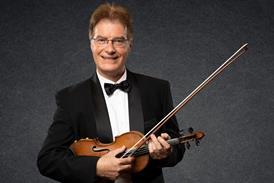

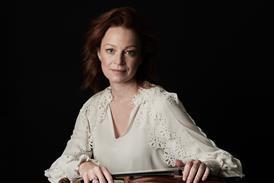
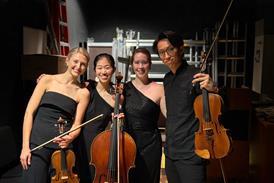
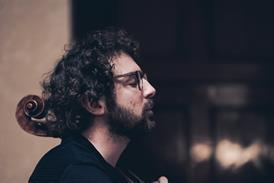
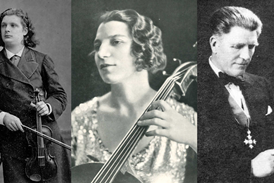


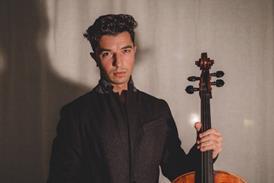
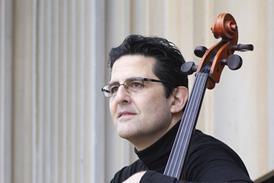
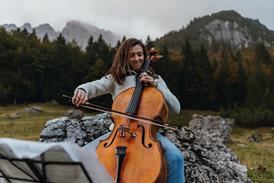
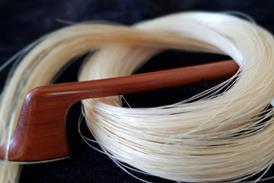
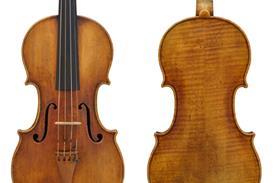

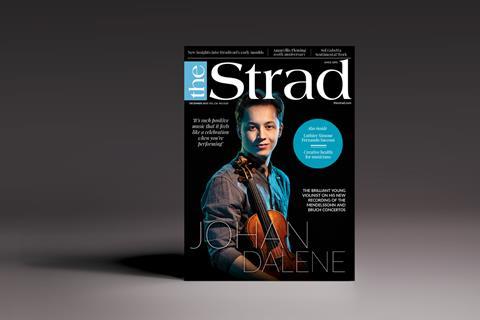
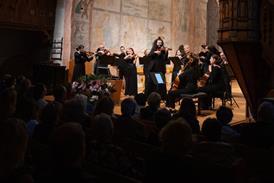

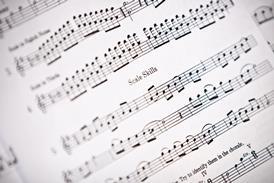
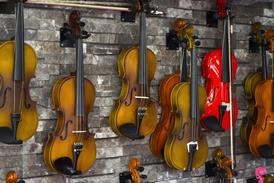

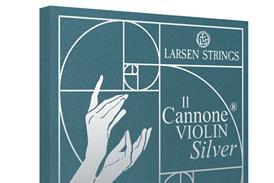
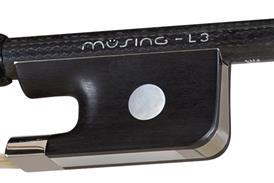
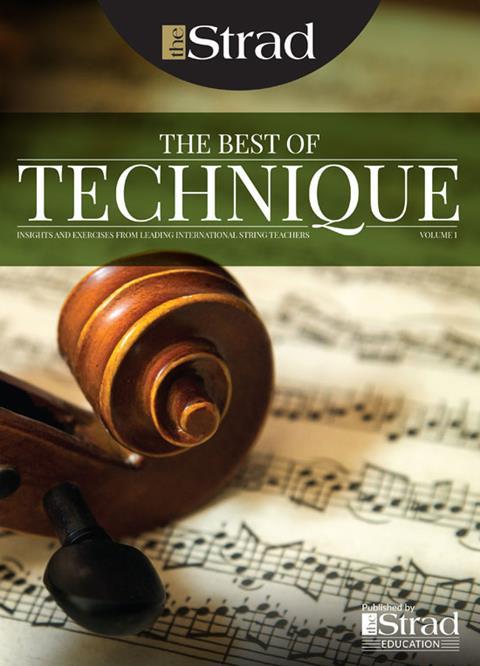
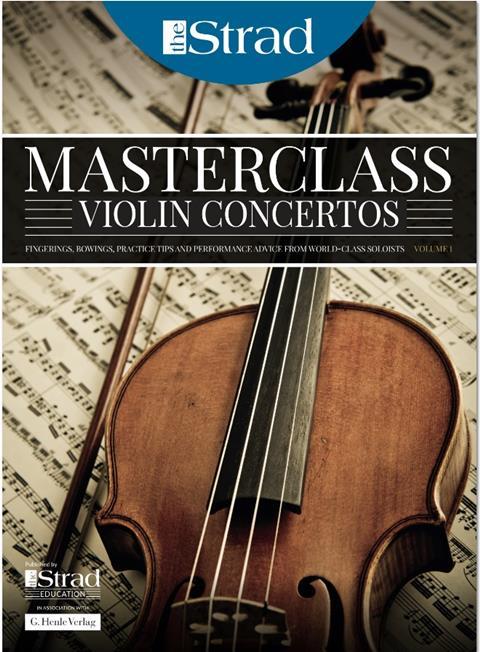
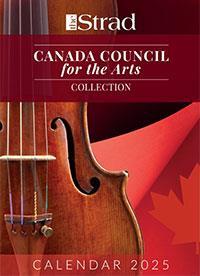
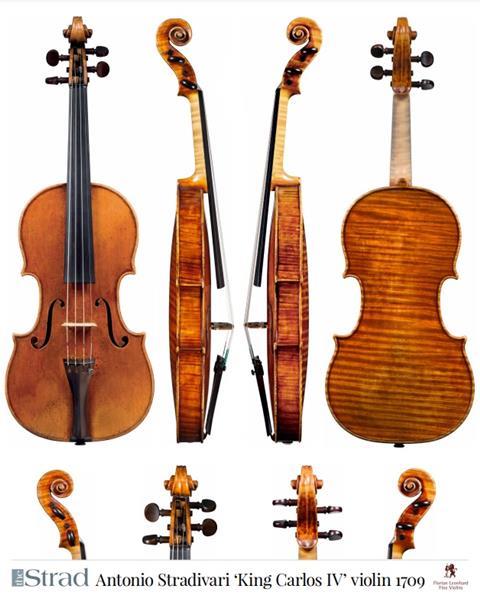
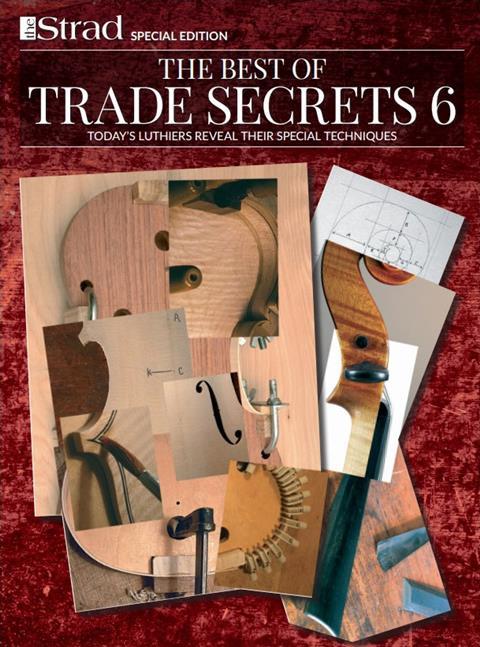
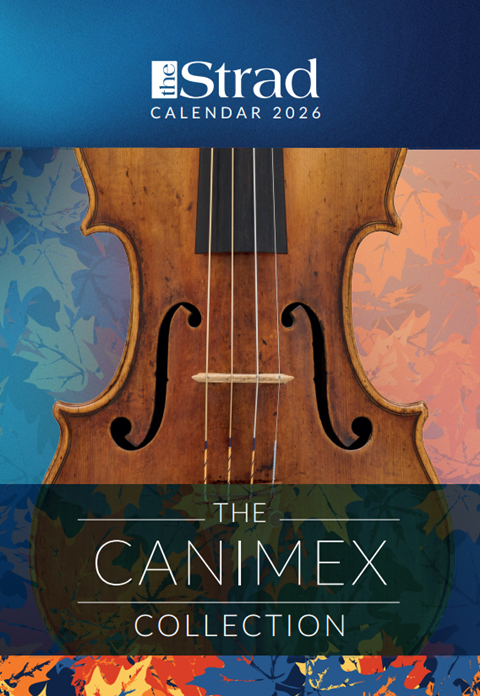
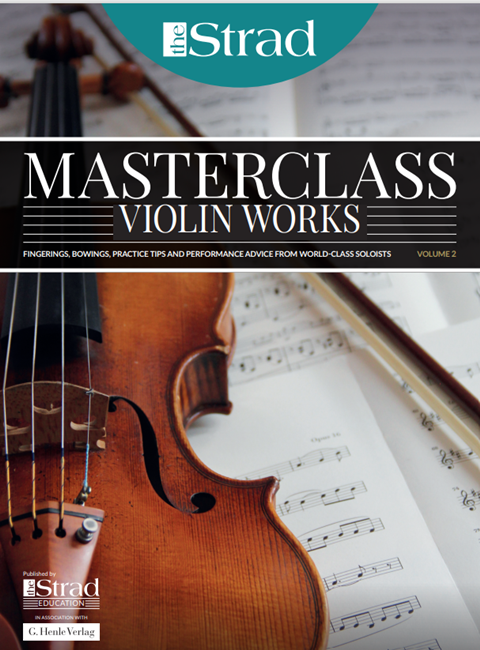
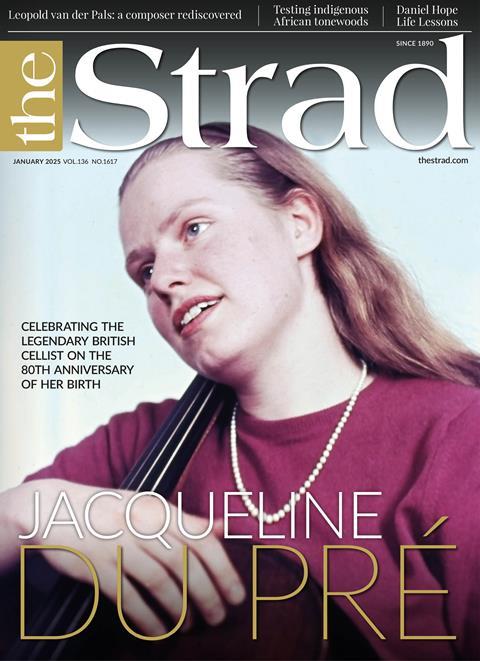

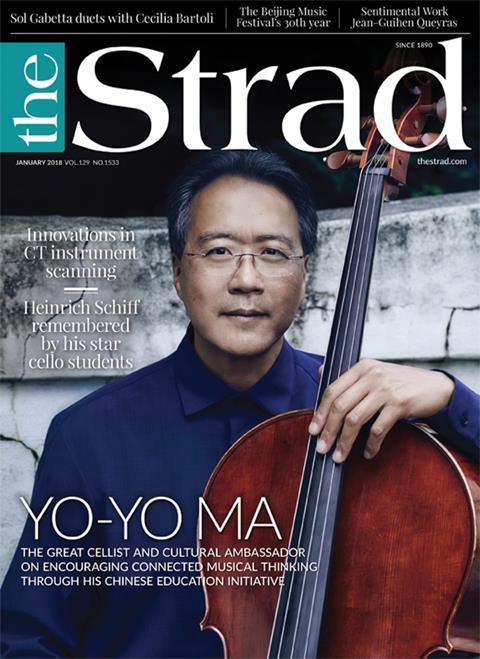












No comments yet